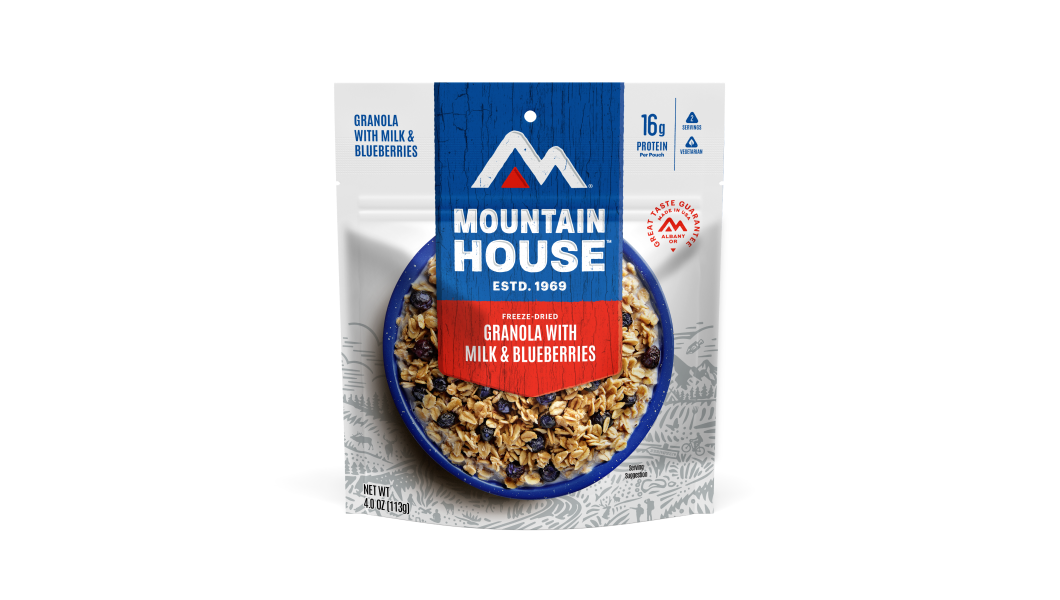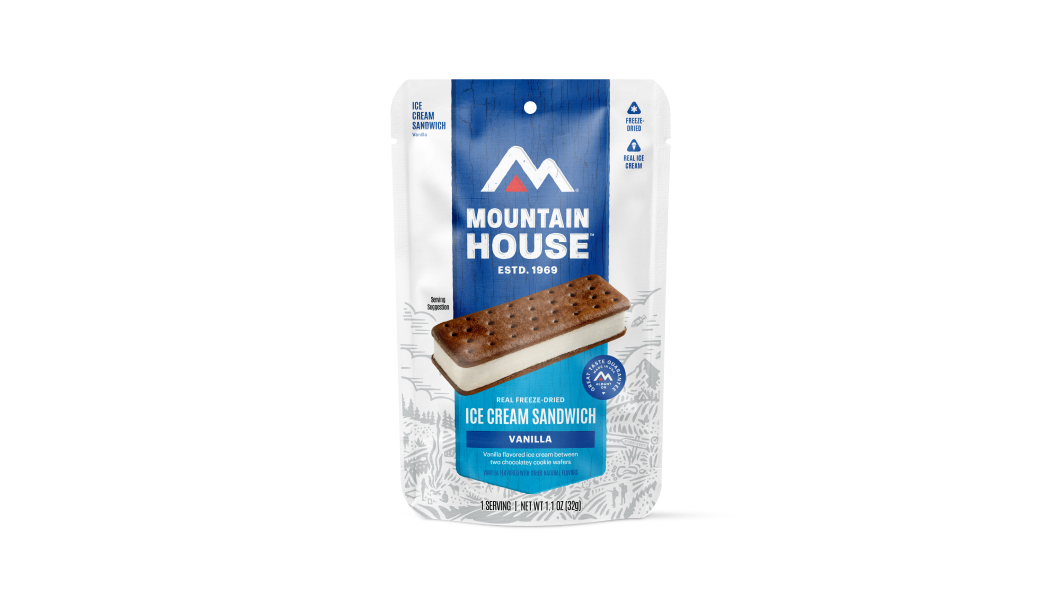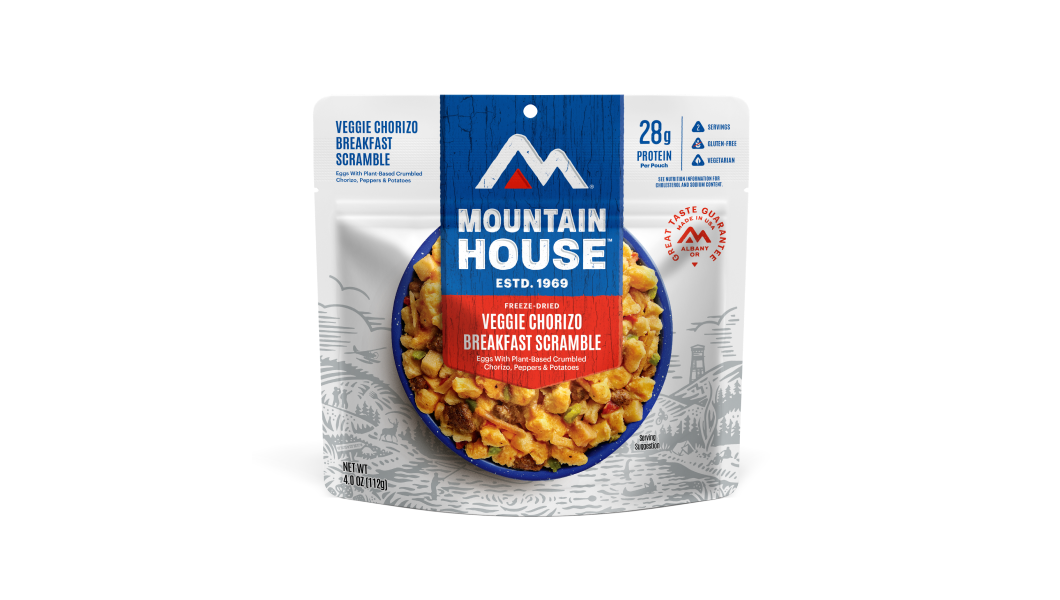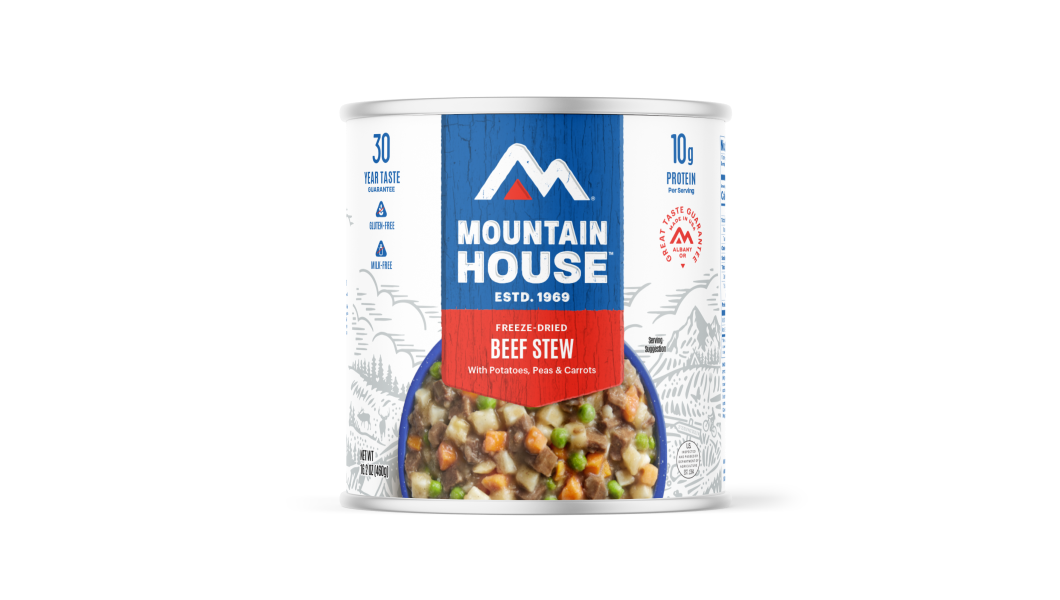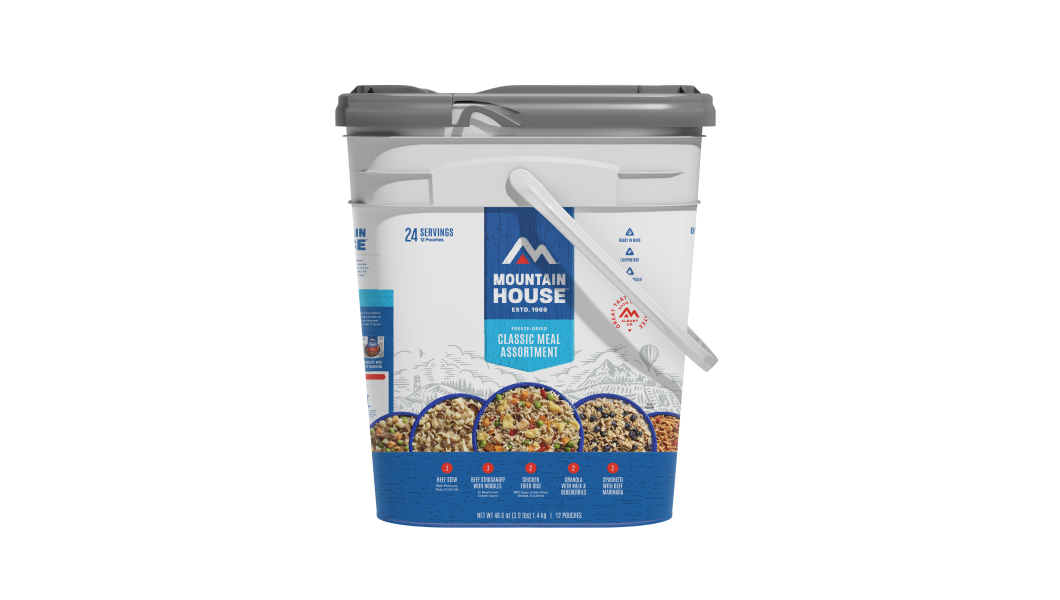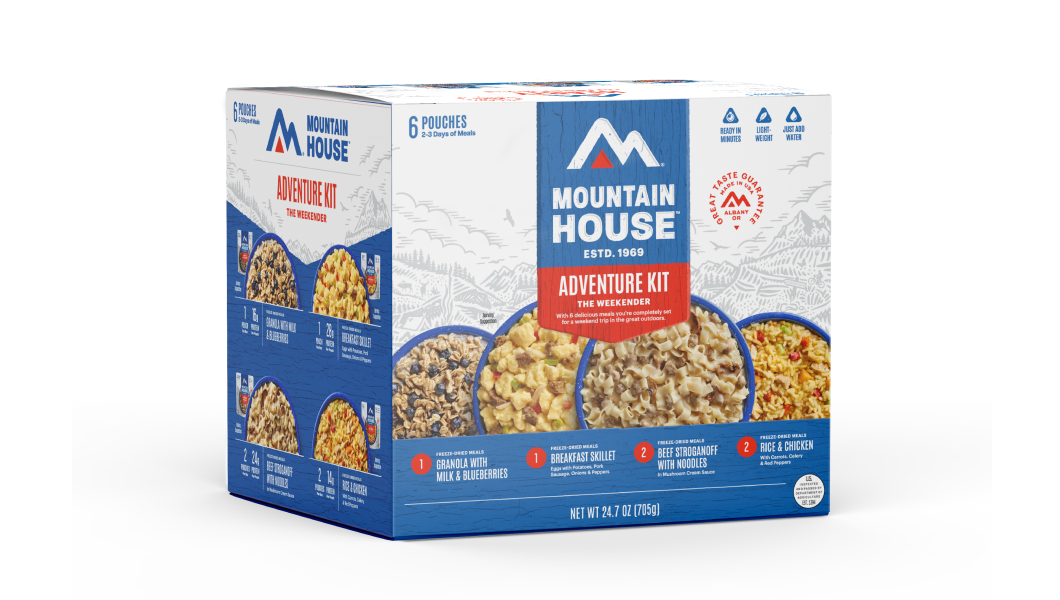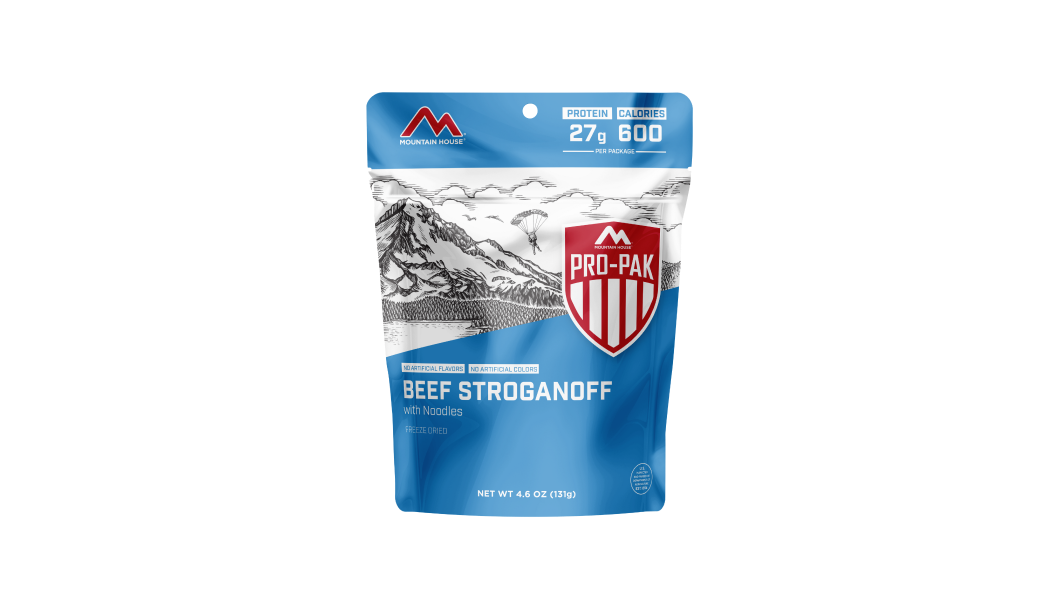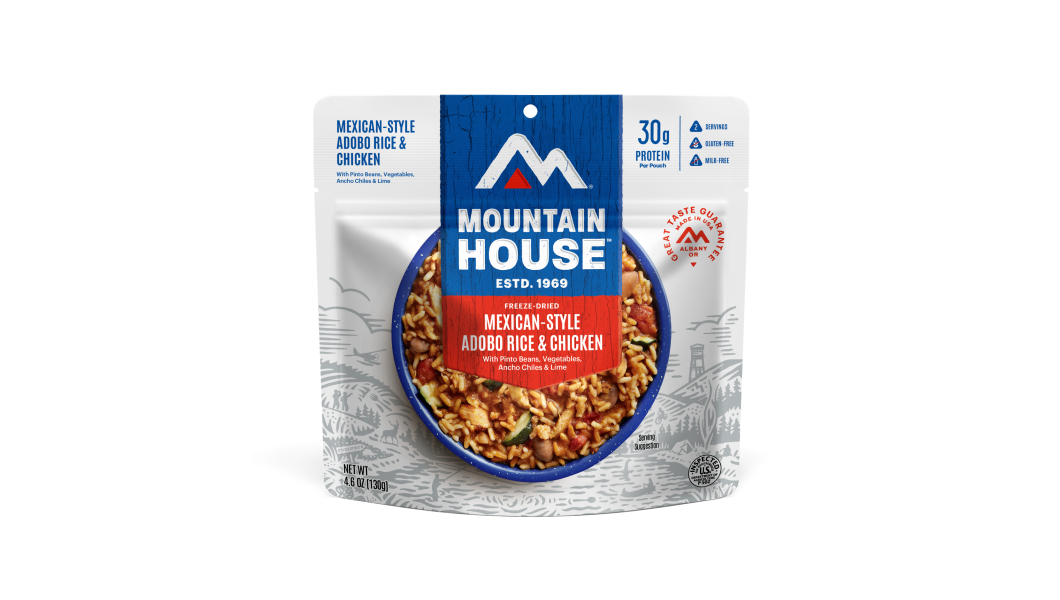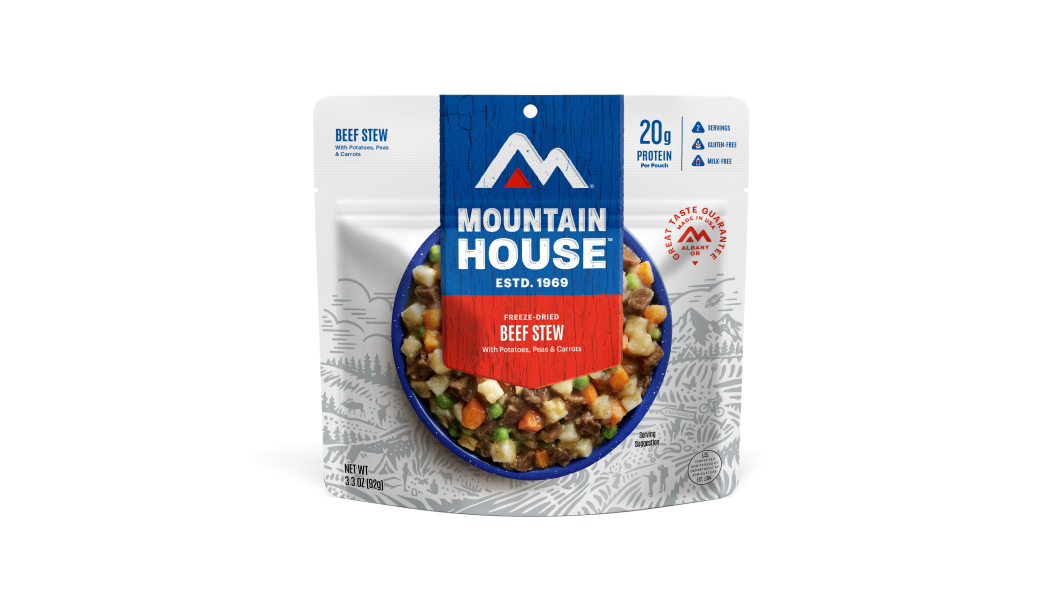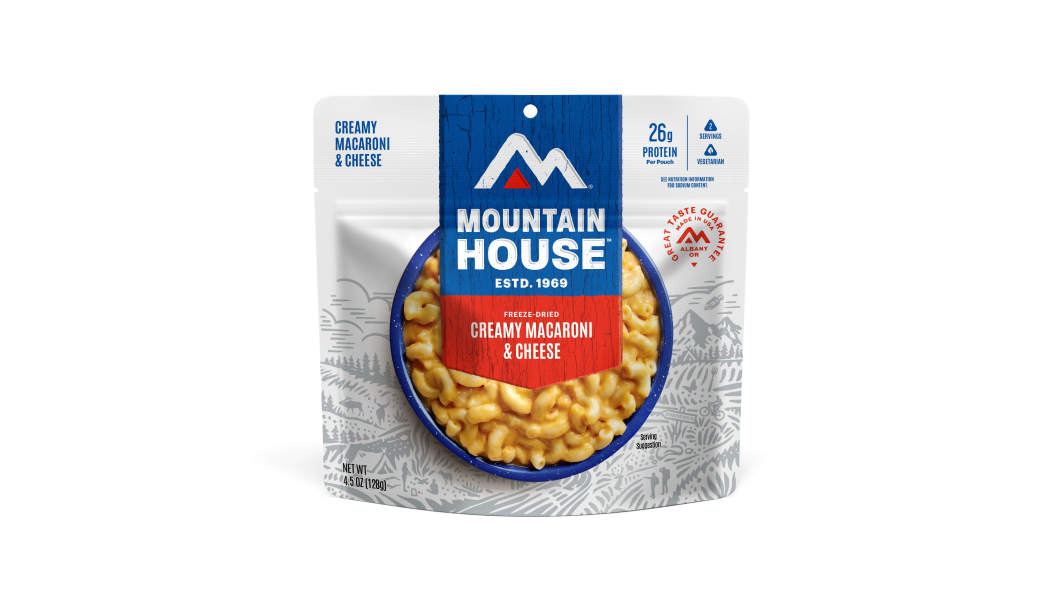Inspired for an Adventure? Check out Beef Stroganoff - Pouch and Beef Stew - Pouch
Free Ground Shipping On All Orders
Over 2,100 Reviews
Add description, images, menus and links to your mega menu
A column with no settings can be used as a spacer
Link to your collections, sales and even external links
Add up to five columns
Add description, images, menus and links to your mega menu
A column with no settings can be used as a spacer
Link to your collections, sales and even external links
Add up to five columns
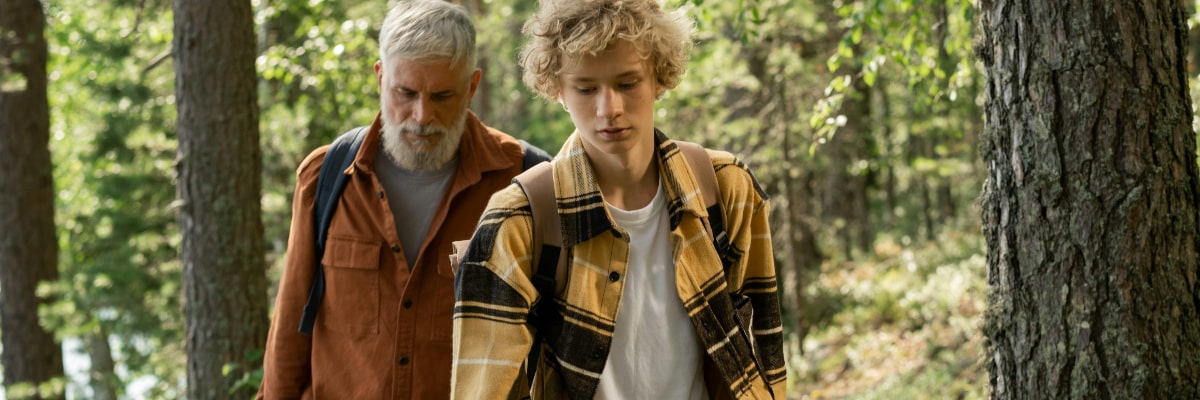

Although many folks put off planning for disasters until it’s too late, even those who do take emergency preparedness seriously sometimes forget to include the younger members of the household in the process. In some cases, that might be at least partly because we’re worried that talking about storms, power outages, earthquakes, wildfires, and other challenging and even life-upending events might frighten children—an understandable concern when plenty of grownups have nightmares about these situations.
But for young and old alike, clearly understanding the risks we face and taking actionable steps to reduce their likelihood or impact can actually help allay our anxieties. From assembling an emergency kit to creating and practicing a step-by-step emergency protocol for different scenarios, kids can and should absolutely be part of family survival planning.
In this guide, we’ll run through some of the basics of how to make a family emergency preparedness plan and how to get kiddos directly involved as you do so. Let’s get to it!
Why Kids Should Be Involved in Survival Planning
As we’ve just mentioned, one chief value of mustering children in the making of a family emergency preparedness plan is diminishing the fear factor of unpredictable natural (and anthropogenic) disasters. Kids, after all, are highly attuned and aware. They're often more perceptive than they’re given credit for, right? They’re sure to hear, one way or another, about tornado outbreaks, wildfires, earthquakes, volcanic eruptions, and other legitimately scary phenomena impacting people and places. Better to acknowledge the danger with them in a calm way and point out there’s a lot that a household can do to be more resilient and safe.
And teaching disaster preparedness and survival for kids is partly about teaching basic responsibility and life skills. An emergency survival plan deepens a child’s understanding of their own home—which spots inside are safer during high winds or a temblor, where the water main shutoff is, etc.—and their broader neighborhood. It also helps them think about what daily needs are truly life-sustaining and imparts such fundamental skills as basic first aid and navigation.
Making Preparedness Fun for Children
Here's the kicker, too: You can also make survival planning an exciting, even fun family activity. When it comes to its critical importance, of course, emergency preparedness isn’t a game—but, on another level, it very much can be!

Photo by cottonbro studio
From turning emergency drills into games and offering rewards for participation and learning to soliciting their advice on emergency meal planning, there are loads of ways to spike kids’ interest in and enthusiasm for disaster planning.
How to Make a Family Emergency Preparedness Plan
Disasters can strike without warning, but a solid emergency plan helps your family members stay calm, connected, and ready to respond. Here’s how to build one while keeping your kiddos in mind.
- Identify Local Risks: An early step in family survival planning is understanding what types of disasters and other specific risks you’re exposed to—in your regional geography as well as your zoomed-in location within a particular landscape or community. For example, some regions of the United States are much more prone to damaging earthquakes, volcanic eruptions, hurricanes, or tornadoes than others. A lower-lying house will, all else being equal, be more vulnerable to flooding than one up on a bench or hilltop. A home with fewer or more complicated access roads could also be more at risk than one at the nexus of multiple major thoroughfares.
- Set Up an Emergency Communication Plan: Another key to household disaster preparedness is establishing an emergency communication plan. Talk with kids about who to contact first if disaster strikes. Identify reliable emergency contacts together and make sure they know how to reach them. Then, establish meeting places you can all get to—even if cell phones, landlines, or other communication tools aren’t working. Choose specific rendezvous points outside the home, outside their school, and outside your neighborhood.
- Plan for Evacuation and Shelter-in-Place: Also establish both evacuation and shelter-in-place plans, and help kids understand the difference between the two. In some disasters, such as tornadoes, it’s often safest to shelter in an adequate refuge within your home, whereas in the case of others—wildfires and hurricanes, for instance—you might well be exiting your home to take shelter in a safer location elsewhere. The whole family should understand the best evacuation routes from the home and from the neighborhood; making maps is part of this process and can be another fun and educational component of the preparedness process.
- Develop a Home Fire Plan: You’ll also want to talk about a fire plan in the event of a house fire. This means knowing where smoke detectors and fire extinguishers are located, how to use a fire extinguisher, and what actions to take if a fire and/or smoke spreads inside the home.
- Practice With Regular Drills: Make regular practice part of your preparedness plans with periodic emergency drills. This is another way to make the prospect of a disaster less scary and to solidify survival knowledge, including very event- and location-specific practices, in a learning-by-doing sort of way.
- Involve the Whole Family: From testing that smoke alarms are working to checking that your household emergency kit is adequately stocked (more on that shortly), give kids age-appropriate responsibilities in the disaster-prep process that they can handle. This makes them feel more involved and encourages ongoing diligence and awareness.
Building a Family Emergency Kit Together
Speaking of disaster kits—which should include at least a three-day supply of water, food provisions (non-perishable, nutritious, delicious, and comforting—such as Mountain House meals!), first-aid materials, a NOAA weather radio, and other emergency supplies—we’ve got lots of resources here at the Mountain House site on how to assemble one. You can also learn more via the FEMA website.

Besides 72-hour kits for the home and vehicles, kids should be involved in making their own “bug-out bag,” basically an on-the-go emergency kit that includes everything from toiletries and medications to extra clothing and a sleeping bag for evacuation situations. You can learn more about customizing bug-out bags for kids and get tips on putting together these bags from our Mountain House community.
Teaching Kids Essential Survival Skills
The lessons you teach kids with regard to household emergency preparedness can help them not just in natural-disaster situations but also out in the wilderness on camping and backpacking trips. Such survival skills might include:
- Going through the contents of a first-aid kit and what they’re used for.
- Talking about how to find and purify/treat water if needed (including different methods such as boiling, tablets, and water filters and purifiers).
- Navigating without digital/computer technology (i.e., basic map-reading and using landmarks to orient oneself).
- Staying calm during emergency situations.
Add Mountain House Meals to Your Family Survival Plan
Keep emergency readiness top-of-mind and ease the burden of stockpiling supplies and provisions by weaving disaster preparedness into everyday life. Make sure to check and replace any expired supplies, regularly run through emergency drills for different scenarios, and generally keep updating and refining your household plan—all together as a family!
With industry-leading shelf life and a great diversity of crowd-pleasing dishes and ingredients, freeze-dried Mountain House meals are tailor-made for family survival preparedness. Check out our full selection of emergency and survival food today!

How to Rotate Emergency Food: FIFO and Other Rotation Methods

The First 72 Is on You: Survival Kit Checklist + Printable PDF


Stay Hungry for Adventure
Sign Up for Delicious Outdoor Meals & Exclusive Offers!
By clicking ‘Join Now’, I agree to the Terms of Service and Privacy Policy.


Join the adventure
©2025 Mountain House — All Rights Reserved.
Your Cart is Empty
Continue ShoppingYour Cart
Subtotal
$0.00
EXPRESS PAYMENT METHODS AVAILABLE IN CHECKOUT
Taxes and Shipping Calculated at Checkout
Your ExpertVoice deal.
$[Deal Price]
$[Original Price]
Discount applied at checkout.
On sale now — lower than your ExpertVoice discount.
Not eligible for ExpertVoice discount.
